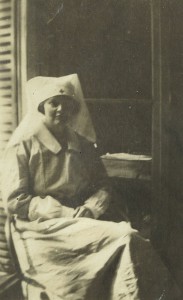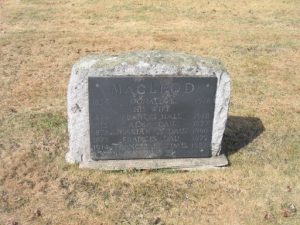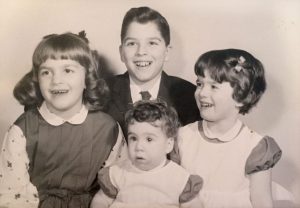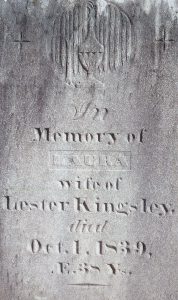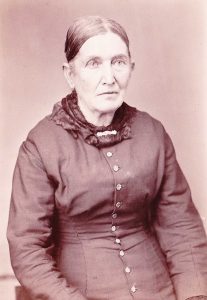 By now followers of my Vita Brevis posts are well aware that no genealogy is perfect. Period. No matter who wrote it.
By now followers of my Vita Brevis posts are well aware that no genealogy is perfect. Period. No matter who wrote it.
The old mindset that a work published in a book or an article is automatically complete and completely accurate should be dead by now. The problem has always been that, once a book is in print, there is no practical way of updating and correcting information without reprinting the entire book.
On the other hand, modern electronic publication (in theory) offers endless opportunity to keep a genealogy “live.” Continue reading Fluid genealogy
